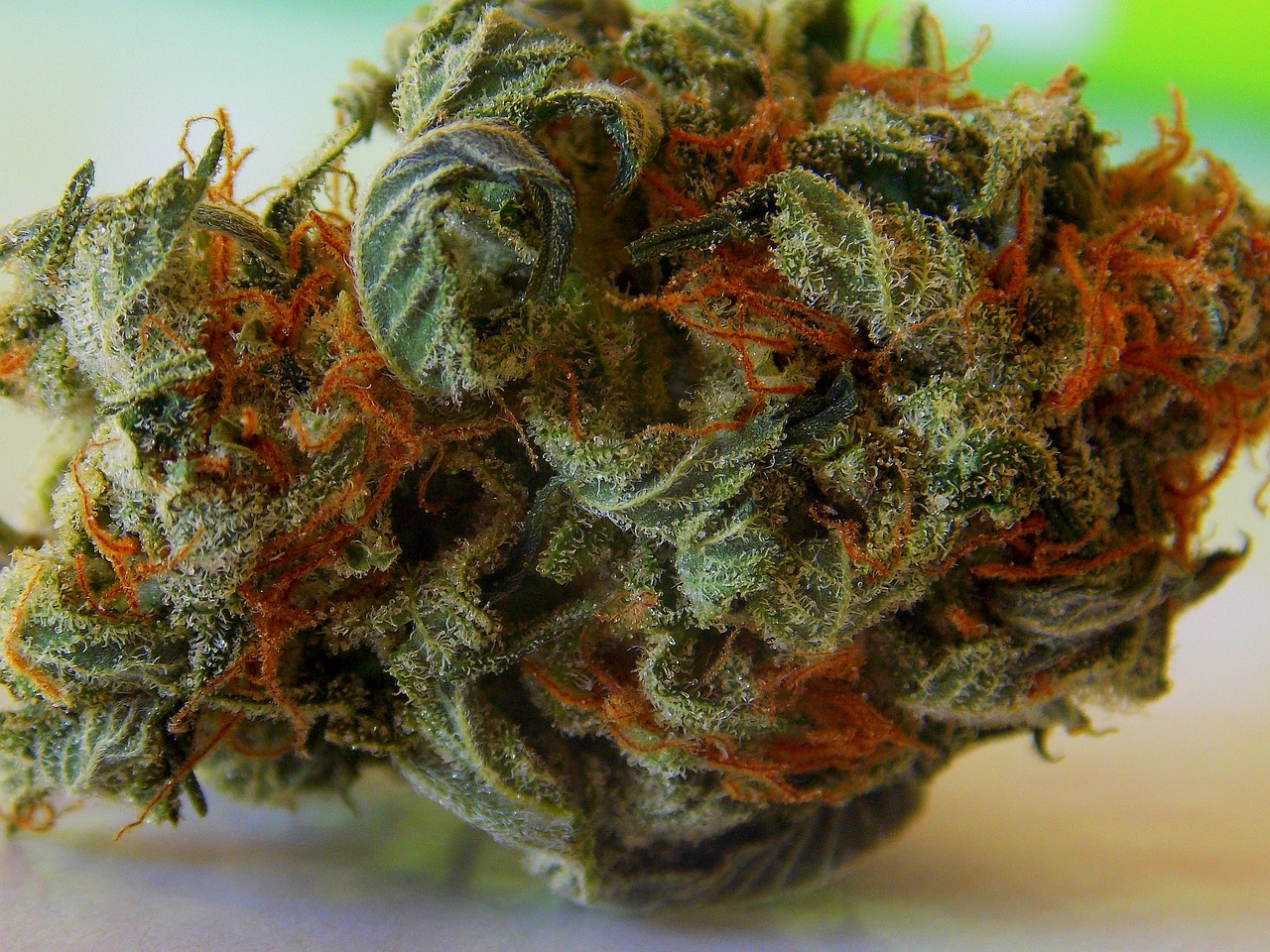Decarboxylation is a necessary process to enjoy cannabis. Although its name may not sound familiar, it is a chemical process that happens when cannabis is heated. If you’re not going to smoke or vaporize it but you still want to enjoy the psychoactive effects of marijuana, you have to decarboxylate it. Here’s how!

Decarboxylation or decarbing is a chemical reaction that converts THCA (tetrahydrocannabinolic acid) to THC. During this process, THCA loses its carboxyl group (COOH) to produce THC. And, besides, it releases water and carbon dioxide. For the creation of this and other cannabinoids (such as CBD, which comes from CBDA), high temperatures are needed. Decarboxylation is, therefore, necessary because THCA doesn't produce any psychoactivity. This process is carried out once the buds are well cured and dried. In fact, when buds are going through the curing and drying stage, a small decarbing takes place, provoked by the environmental heat. What's more, extending the drying phase may cause THC to turn into CBN, a less psychoactive cannabinoid whose effect is more sedative. Therefore, the two factors to bear in mind are the temperature and the time. Although the higher the temperature the less time we'll have to invest, the lower the temperature, the smaller the loss of terpenes will be, which are in fact the compounds that shape the taste and aroma of cannabis plants. Decarboxylation is thus a matter of balance between these two variables. And, of course, it is an essential process for cooking with marijuana. For doing so, you have to preheat the oven to 212-248 ⁰F and let your weed there for about 30-60 minutes. An alternative way to decarboxylate cannabis is in a saucepan at low temperature, using solvents such as oil or lecithin. The liquid obtained with this process can be used in a variety of cannabis recipes and products for topical use. It all depends on the type of consumption as well as on the effects you wish to enjoy!





Give us your feedback
Your rating (between 1 and 5)
1 2 3 4 5Leave a comment
Read comments in other languages